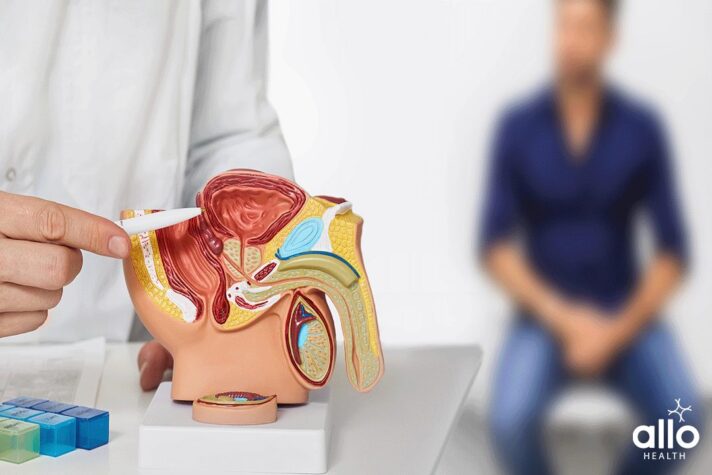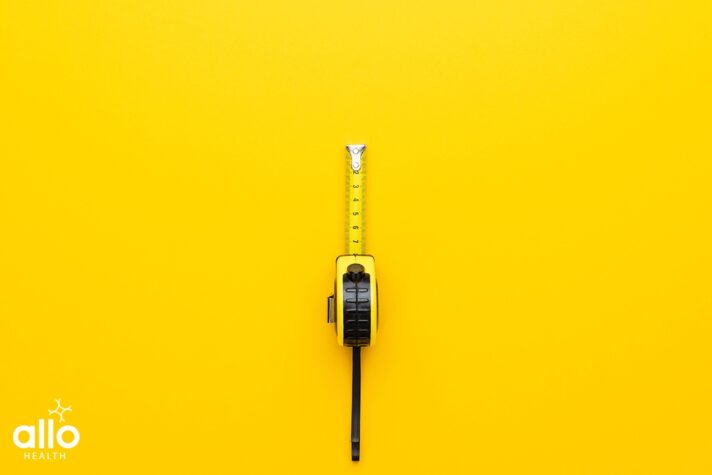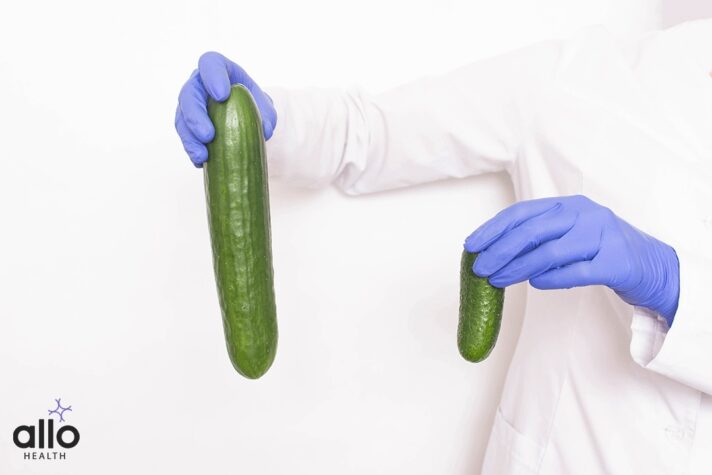4 min read
Anoush Gomes • 18 February, 2023
4 min read
Personal Sexual Growth - MALE Homepage
Your comprehensive guide to understanding about Personal Sexual Growth - MALE Homepage
Disclaimer
This handbook is not a substitute for medical advice or self-administered treatment.
If you are experiencing any sexual health concerns such as Female Sexual Disorders, we encourage you to book a call with our sexual heath experts to guide you through your queries and treatment.
Lesson 1
Male Reproductive System

The male reproductive system is responsible for producing and delivering sperm to fertilize a female’s egg. This article provides an overview of the key components of the male reproductive system, including the testes, epididymis, vas deferens, prostate gland, and penis. It also explores the hormonal regulation of male reproduction and common reproductive disorders, such as erectile dysfunction and testicular cancer. Whether you’re a student learning about the human body or simply curious about how the male reproductive system works, this article is a great starting point for understanding the basics.
Lesson 2
Male Reproductive Organs

The male reproductive organs are a group of specialized tissues and structures that work together to produce and transport sperm for fertilization. This article provides an in-depth examination of the major organs involved in male reproduction, including the testes, epididymis, vas deferens, seminal vesicles, prostate gland, and penis. It covers the anatomy and function of each organ and how they work together to produce and deliver semen during sexual intercourse. Additionally, the article discusses common reproductive health concerns that can affect male reproductive organs, such as infertility, erectile dysfunction, and prostate cancer. Whether you’re a medical professional or someone curious about the male anatomy, this article is an informative resource on the male reproductive organs.
Lesson 3
What Is A Penis?

A penis is a male sexual and reproductive organ that plays a crucial role in sexual intercourse and reproduction. This article provides a detailed exploration of the anatomy and function of the penis, including the different structures that make up the penis and how they work together to achieve an erection. It also covers the hormonal and neural control of the penis and how it changes throughout a man’s life. Additionally, the article discusses common concerns that can affect the penis, such as erectile dysfunction, sexually transmitted infections, and cancer. Whether you’re curious about the male anatomy or looking for information about a specific concern related to the penis, this article is an excellent resource.
Lesson 4
Morning Erections

Morning erections, also known as “morning wood,” are a natural occurrence that many men experience. Despite being a common phenomenon, there is still a lot of mystery surrounding morning erections. In this blog, we dive into the science behind morning wood, exploring what causes them and whether they are a sign of good health.
Lesson 5
How To Measure Your Penis?

Measuring one’s penis is a common curiosity for many men. This article provides a step-by-step guide on how to accurately measure penis length and girth. It explains the importance of measuring correctly and offers tips on how to achieve the most accurate measurement possible. The article also discusses the average penis size and what factors may affect penis size. Additionally, the article covers frequently asked questions about penis measurement, including what to do if the measurement is below average and whether size affects sexual performance. Whether you’re curious about your own penis size or just looking for more information, this article is a useful guide on how to measure your penis.
Lesson 6
Penis Enlargement

Penis enlargement is a highly debated topic and a subject of interest for many men. This article explores the various methods that claim to increase penis size, including surgical procedures, stretching exercises, and the use of devices and supplements. It discusses the effectiveness and potential risks of each method, as well as the importance of seeking professional medical advice before trying any method of penis enlargement. The article also addresses common misconceptions about penis size and the psychological effects of feeling inadequate. Whether you’re considering penis enlargement or simply interested in the topic, this article is an informative resource on the various methods and considerations surrounding this controversial topic.
Lesson 7
What Is A Foreskin?

A foreskin is a fold of skin that covers the head of the penis in males who have not been circumcised. This article provides an in-depth exploration of the foreskin, including its anatomy, function, and the cultural and religious significance of circumcision. It discusses the potential health benefits and risks of circumcision, as well as common misconceptions about the foreskin. Additionally, the article covers how to properly care for the foreskin, including hygiene and potential concerns that may arise. Whether you’re a parent looking to understand circumcision, or simply curious about the male anatomy, this article is a comprehensive resource on the foreskin.
Lesson 8
Erogenous Zones For Males

Erogenous zones are areas of the body that are particularly sensitive to sexual stimulation. This article focuses on the erogenous zones for males, providing an in-depth exploration of the different areas of the male body that can be sexually arousing. It covers the most common erogenous zones, including the penis, scrotum, nipples, and anus, as well as less well-known areas that can also be pleasurable for some men. The article also discusses techniques for stimulating these erogenous zones and how they can enhance sexual pleasure. Whether you’re looking to explore your own body or looking to improve your sexual experiences with a male partner, this article is a helpful guide on male erogenous zones.
Lesson 9
Male Sexual Response Cycle

The male sexual response cycle is a physiological process that occurs during sexual arousal and intercourse. This article provides an overview of the four stages of the male sexual response cycle: excitement, plateau, orgasm, and resolution. It discusses the changes that occur in the body during each stage, including changes in heart rate, blood pressure, and muscle tension. The article also covers factors that can affect the male sexual response cycle, such as age, health conditions, and medication. Whether you’re interested in understanding the male sexual response cycle for personal or educational reasons, this article is a helpful resource.
Lesson 10
Stages Of Sexual Response Cycle

The stages of sexual response cycle are the physical and psychological changes that occur in both men and women during sexual activity. This article provides an in-depth exploration of the four stages of sexual response: desire, arousal, orgasm, and resolution. It covers the physiological and psychological changes that occur during each stage, as well as the differences between male and female sexual response. Additionally, the article discusses common concerns that can affect sexual response, such as sexual dysfunction and age-related changes. Whether you’re interested in improving your own sexual experiences or simply curious about the science of sexual response, this article is an informative resource on the stages of sexual response cycle.
Lesson 11
Testicular Self-Examination

Testicular self-examination (TSE) is a simple and effective way for men to monitor their testicles and check for any abnormalities that may indicate a potential health concerns, such as testicular cancer. This article provides a step-by-step guide on how to perform a TSE, including what to look for and when to seek medical attention. It also covers the risk factors and symptoms of testicular cancer and the importance of regular self-examination as part of overall testicular health. Whether you’re a man looking to take control of your health or simply interested in learning more about testicular health, this article is a valuable resource on how to perform a testicular self-examination.